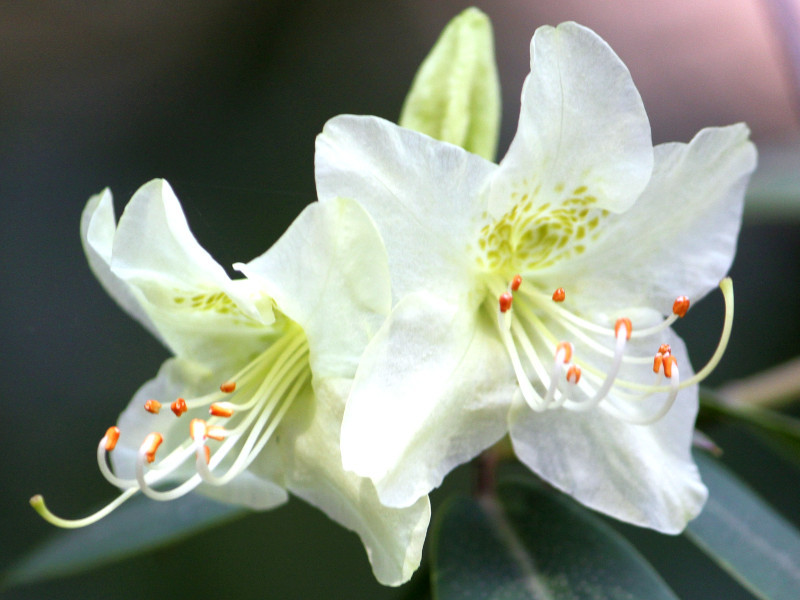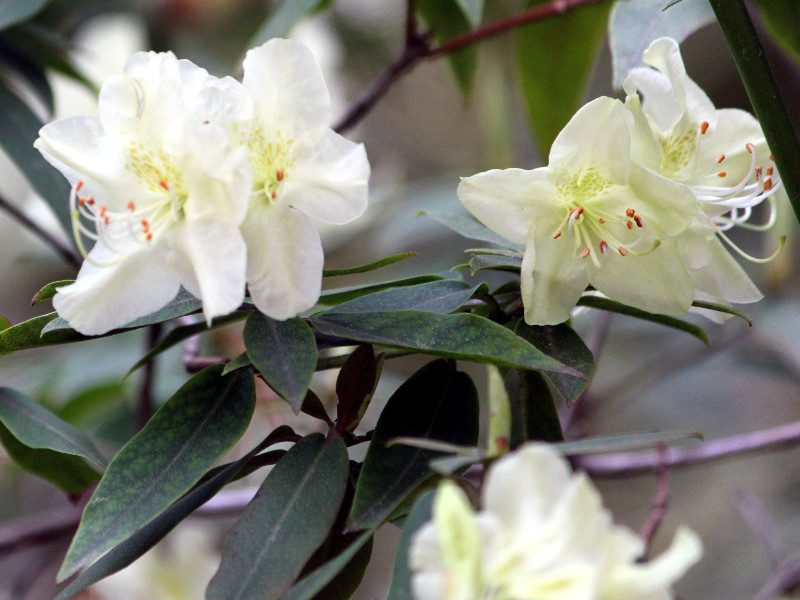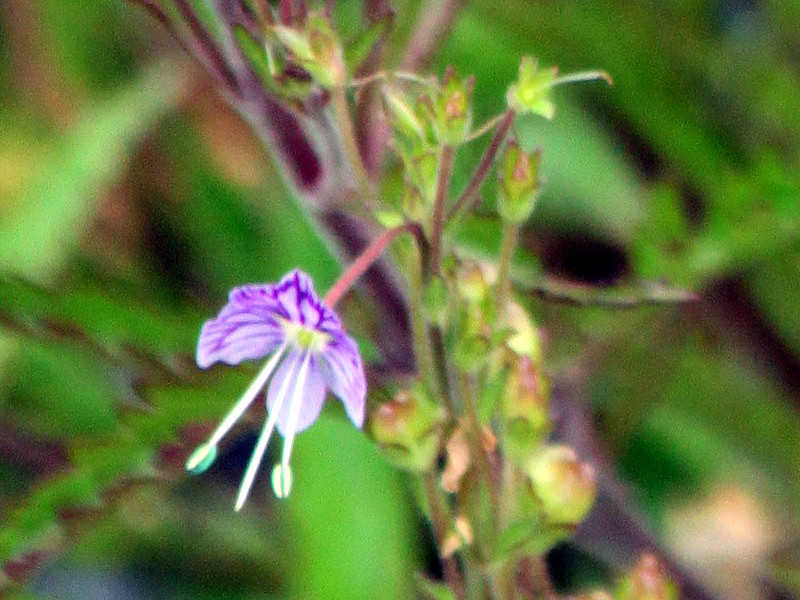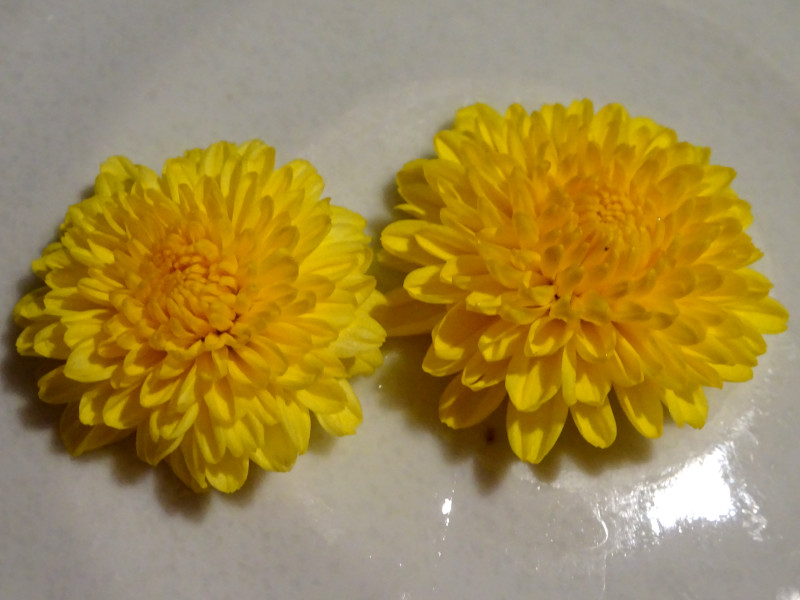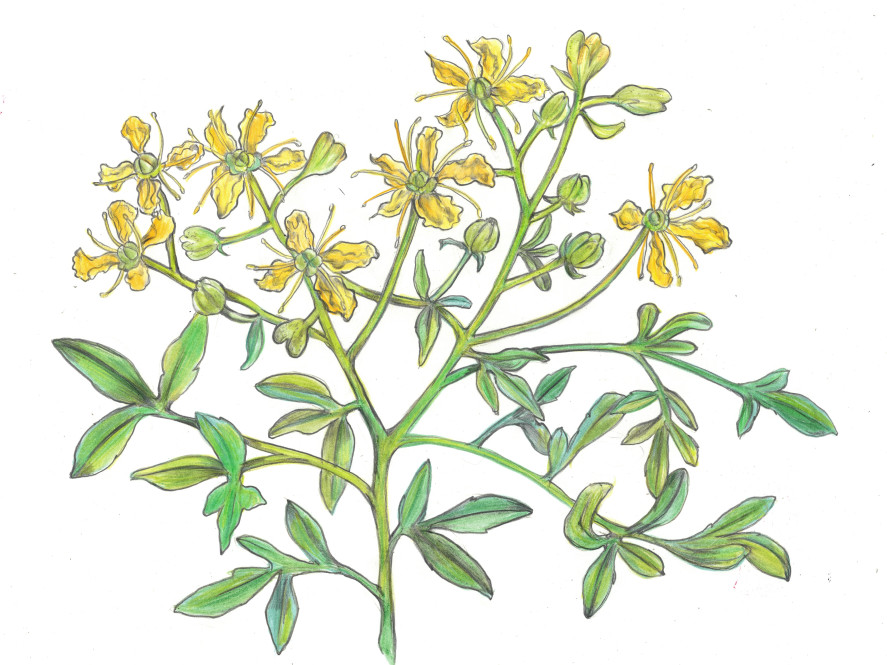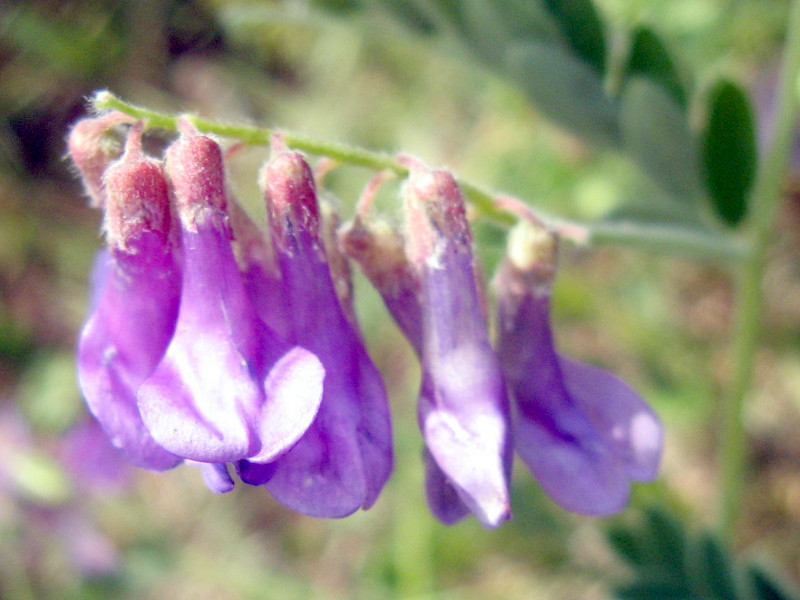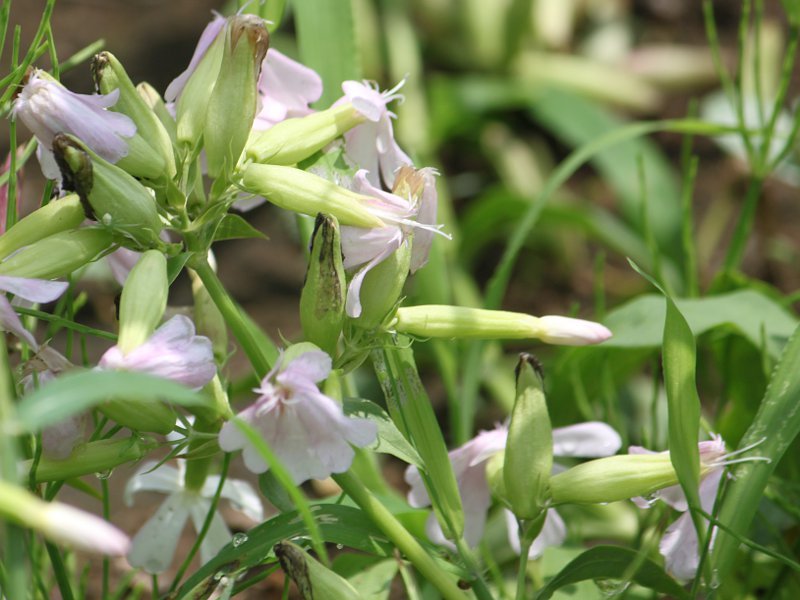Rhododendron keiskei
- Flower nameRhododendron keiskei
- Scientific nameRhododendron keiskei
- Alias日陰躑躅, ツツジ, サワテラシ, Hikage tsutsuji tree, 沢照らし
- Place of originendemic to Japan
- Place of floweringBotanical Gardens, Low mountains, Park, River, pond
- Flowering seasonApril, May
What is Rhododendron keiskei
Rhododendron keiskei , hikage tsutsuji tree or hikage azalea (scientific name: Rhododendron keiskei) is an evergreen broad-leaved shrub in the azalea family, Ericaceae, that is endemic to Japan. It grows wild in the mountains and rocky areas of Honshu, Shikoku, and Kyushu in Japan. It is a rare yellow azalea. The tree is about 100 to 120 cm tall. The trunk is grayish brown.
The leaves are green, 6 cm long, oblong-ovate, slightly thick-walled, without serrations, and attached in alternate clusters.The leaves have scaly hairs on both sides to protect them from the cold, allowing them to remain evergreen without defoliation in cold weather. It produces 2 to 3 light yellow rhododendron(Rhododendron hybrids)-like flowers in April to May. The flowers are 3-4 cm in diameter, funnel-shaped, and have five deep lobes at the tip. There is one pistil and 10 stamens. Stamens are long and the anthers are orange. The origin of the Japanese name "Hinkage (the meaning in English is "shade")" is comes from the fact that it grows naturally in shady areas. It is used for planting and potted plants.
Common name: Rhododendron keiskei, scientific name: Rhododendron keiskei, Also known as Sawaterashi, Hime-shakunage, Hikage tsutsuji tree, Origin: Japan, Endemic to Japan, Lifestyle Form: evergreen broad-leaved shrub, Height: 1-1.2 m, Trunk color: grayish brown, Leaf shape: oblong-oval, Leaf length: 6 cm, Leaf margin: entire, Phyllotaxis: alternate, Diameter: 3-4 cm, Flower shape: funnel-shaped with 5 deeply lobed tips, Flowering season: April to May, Flower color: pale yellow, Number of pistils: 1, Number of stamens: 10 Fruit type: capsule; uses: Japanese garden, planting, potted plant.
